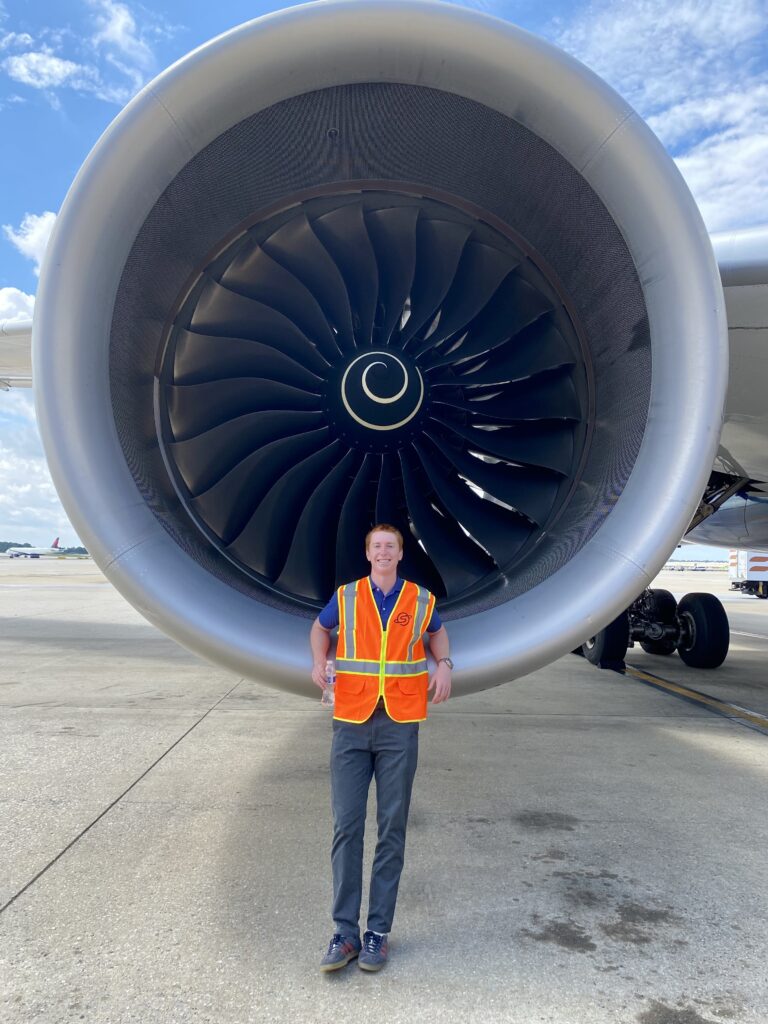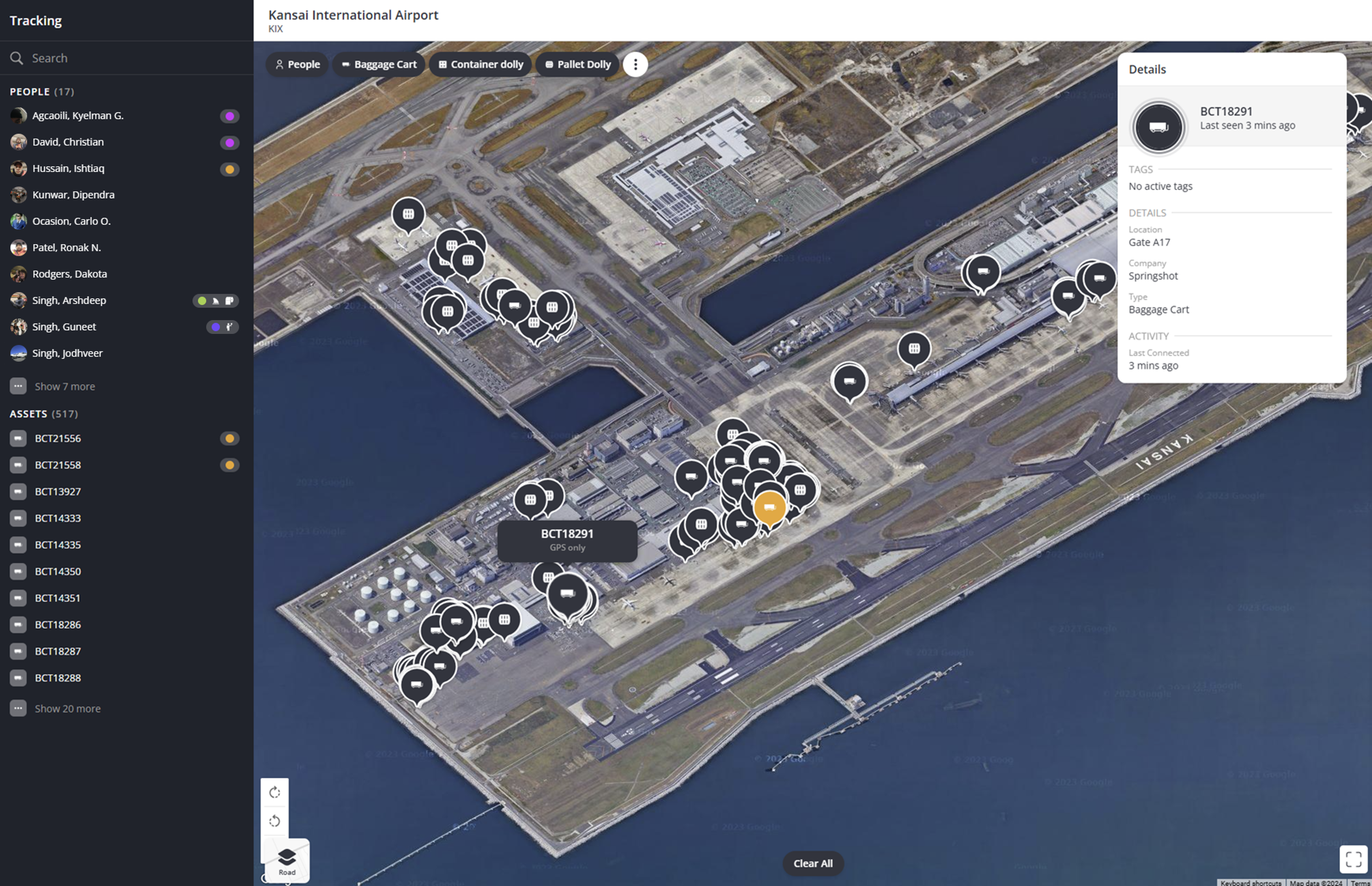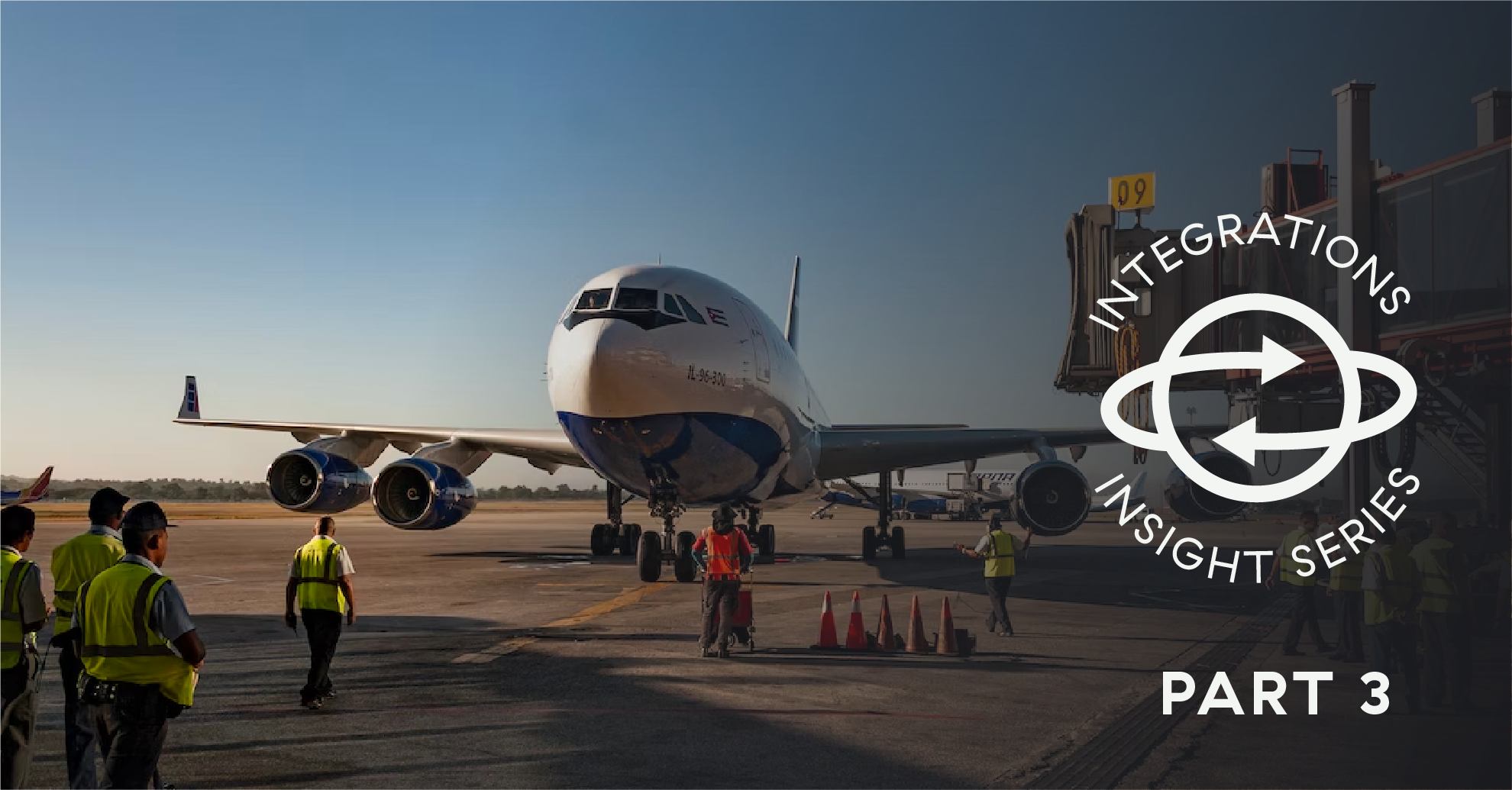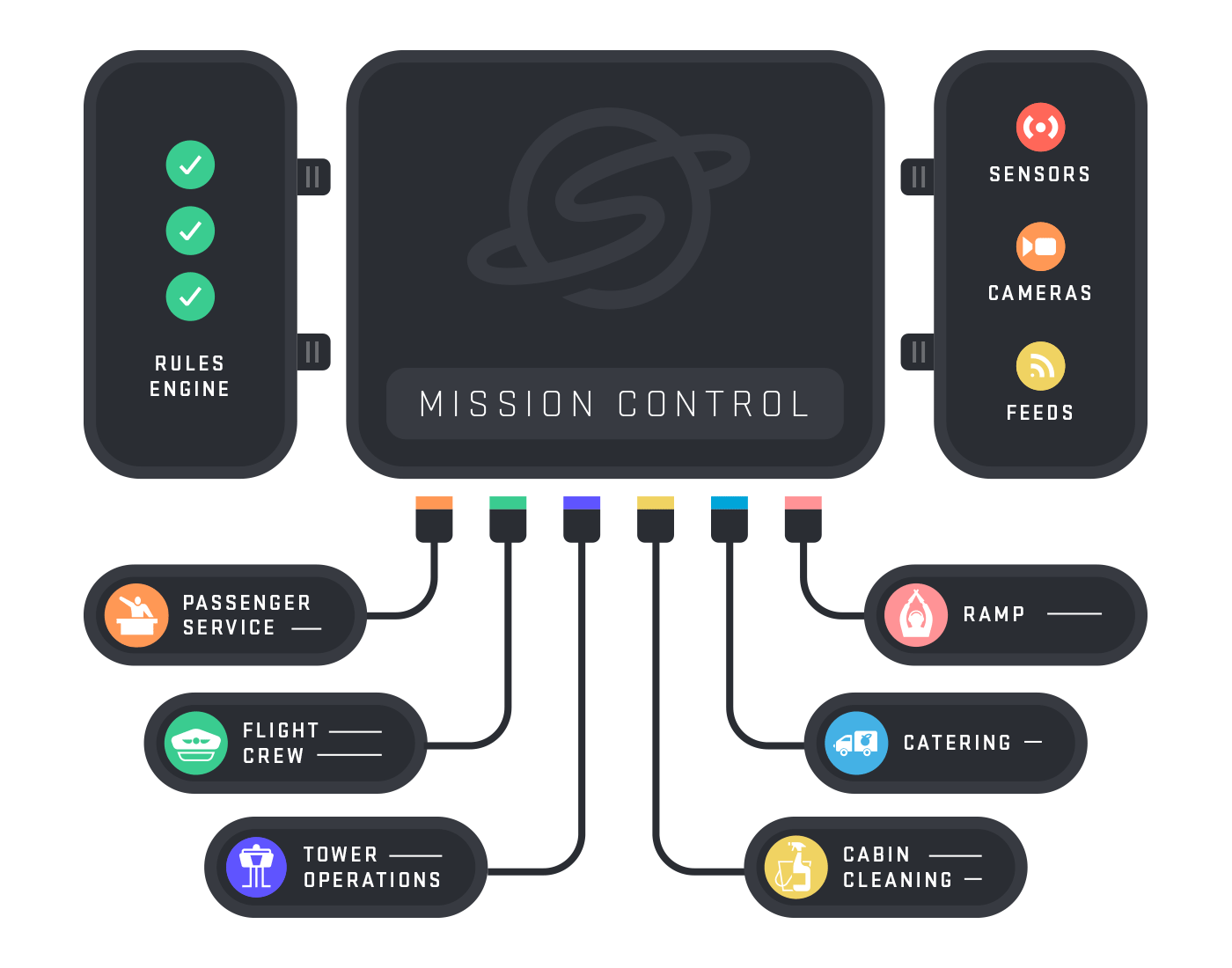We must pay attention to what the youngest working generation is looking for in the workplace, including the technologies they want to use
We recently learned the airline industry is facing pressure to modernize the technical systems that support airport operations.
A big catalyst for these changes? The wants and needs of the workforce stepping into the front lines of aviation operations: Gen Z.
Supporting Gen Z tops our list.
Let’s step back. We know the aviation industry is struggling to fill tens of thousands of open positions ahead of what’s predicted to be a very busy summer season. We know these jobs require working in stressful conditions under increasingly demanding timeframes.
This occurs within a broader industry-awakening regarding the technical infrastructure underlying airport operations. These systems require rapid modernization and the air travel industry is under the microscope as a result. Passengers and governmental agencies are demanding that airlines take dramatic steps to improve their reliability and safety on the heels of a difficult 2022-23 holiday season and a number of runway incursions and close calls in Q1.
These challenges are compounded by the Great Resignation and fundamental shifts in the way people approach work and the role it plays in their lives. Before the pandemic, aviation jobs were filled by lifers who built careers in aviation. They spent decades in their roles and amassed institutional knowledge that they passed from one generation to the next.
The lifers are long gone. With the aggressive cost-cutting and early retirement packages airlines offered at the onset of the pandemic, they left the industry. Three years later, it’s clear they’re not coming back.
Now, one of aviation’s biggest worker cohorts is Gen Z. Aged 18 to 25 years old, these digital natives will comprise 30% of the workforce by 2030. They’ve made it clear they do not intend to remain in the same place for long. A recent McKinsey study showed a staggering 77% are searching for a new job. Based on LinkedIn data compiled by Axios, they’re changing jobs at the rate of 134% higher than they were in 2019, compared to just 23% for Millennials, 18% of Gen X and 12% for Boomers.
To overcome critical staffing shortages, airlines and aviation companies must find creative ways to entice Gen Zers to fill open positions, quickly upskill these new hires and motivate them to stick around for a few years. The good news? A growing body of research provides the necessary insight to unlock the secret code. Forward-thinking airlines are well-positioned to take advantage.
The bottom line? Gen Zers must feel a shared sense of purpose with their employer and digitally-connected to their peers.
Airlines can attract, train and retain the best Gen Z talent by providing workers with hybrid physical/digital work environments that foster a common mission. ACI recently published a white paper on the Future of the Airport Workforce that highlights key trends shaping the airport workforce of tomorrow. At the top of this list is the expansion of what Klaus Schwab, Founder of the World Economic Forum, defined as the “Fourth Industrial Revolution,” a revolution “characterized by a fusion of technologies that is blurring the lines between the physical, digital and biological spheres.” Other important trends include “Social Responsibility in All Things,” “An Emphasis on Individual and Collective Purpose” and the “Accelerated Role of Technology.”
While embracing the needs and desires of Gen Z requires an all-hands-on-deck attitudinal shift with how airlines market their brands, purpose and mission, it requires only a modest financial investment. Many airlines have already done the former. Appreciating today’s 22-year old socially-conscious Gen Zer is tomorrow’s 35-year old business traveler, airlines like Alaska, Delta and United have invested heavily in biofuels and bleeding-edge eVTOL innovation to reduce their carbon footprint. Others like Frontier, with each of its aircraft adorned with an endangered species and its “America’s Greenest Airline” moniker, have built their brands around environmental awareness and sustainability.
With the hard part done, airlines can overcome today’s staffing challenges by equipping frontline workers with modest-priced technologies that provide an immersive digital and mission-driven experience. They don’t need to rip out the existing infrastructure and start anew. They need to find a way to fuse together these systems in a way that resonates with Gen Z.
Focus on technology.
One Gen Z requirement stands out: it’s clear this generation of workers — who are the first to have used the internet their entire lives — require the most cutting edge, innovative technology available at their fingertips. The last thing these workers want to stress about is technology. They won’t stand for spotty Wi-Fi, non-intuitive user interfaces, technology that doesn’t include automation and data analytics or apps that don’t work as expected the first time.
This is why Gen Z has no problem leaving jobs, even foregoing entire industries, that don’t fulfill their needs. They’re not afraid to jump to new job opportunities and do so with regularity. We all remember the high turnover rate in the airport transportation industry as a byproduct of the pandemic. No one is eager to repeat that.
As a result, we must be able to train them quickly and easily. Using communication technology that complements this training and clearly expresses — and even helps set — expectations for workers is a key piece in the ever-complex web of airport ecosystems.
To see these expectations on an easy-to-use app in the palm of your hand? That’s ideal.
Most importantly, the output from today’s technologies need to focus more on the “why” and less on the “what”. While it’s essential that if we have fewer people working at the airport, we must increase the productivity of each individual worker, Gen Z doesn’t want to be “optimized”. They want to be inspired.
Even more than their Gen X and Millennial counterparts, Gen Zers won’t accept being told what to do. They want the freedom to autonomously process information and take actions that advance a common mission they share with their peers and employer.
Enter Springshot.
We’re grateful to provide this engaging, fresh and purpose-driven platform. By presenting a new single pane of glass collaboration platform that’s integrated with existing systems identifying “what” actions should be taken, Springshot delivers a holistic and unified perspective that inspires people to physically take those actions. In short, Springshot provides the “why.” We capture the hearts and minds of Gen Z by presenting them with an immersive, digital, mission-focused and communal work experience.
To be sure, aviation can be a dangerous industry to work in, requiring safety certifications for different lines of work. With the right digital collaboration platform, however, the work can be rewarding and fulfilling. This is especially true when front-line workers are motivated to do their best, digitally experience the benefits of their actions and receive regular positive feedback.
Our intuitive platform has these points covered — and more. With Springshot, we know your Gen Z staff will be more engaged and connected than ever before, feel greater appreciation, and as a result, deliver greater output with a heightened sense of purpose and remain on your team for years to come.
Stay tuned for the third post in our Integrations blog series devoted to modernizing technology.







